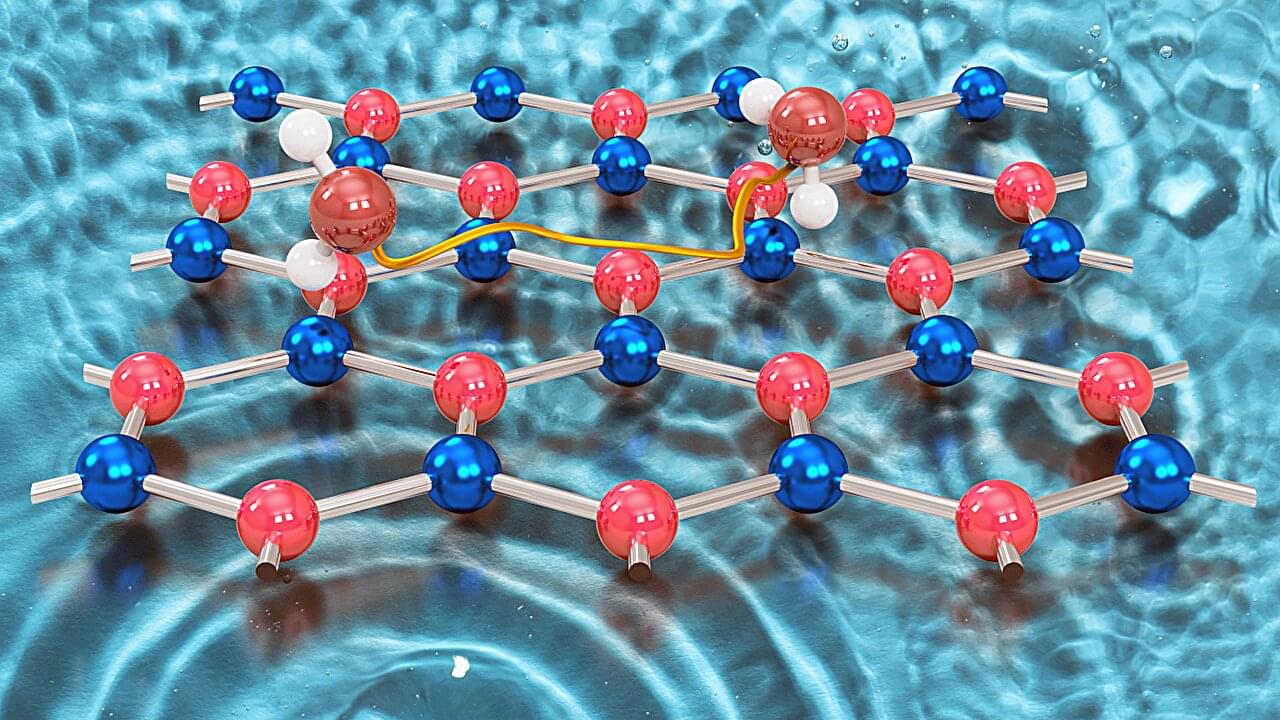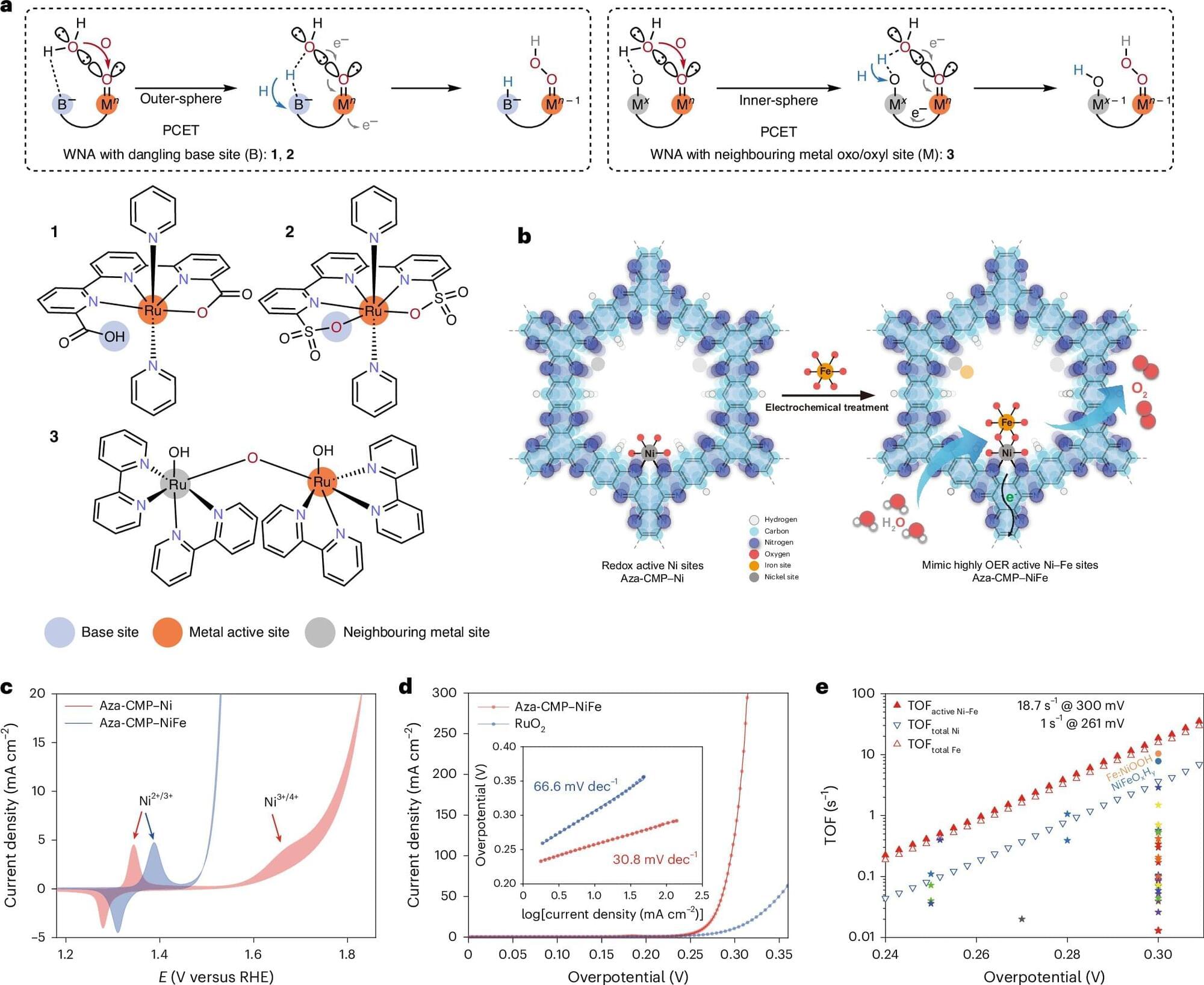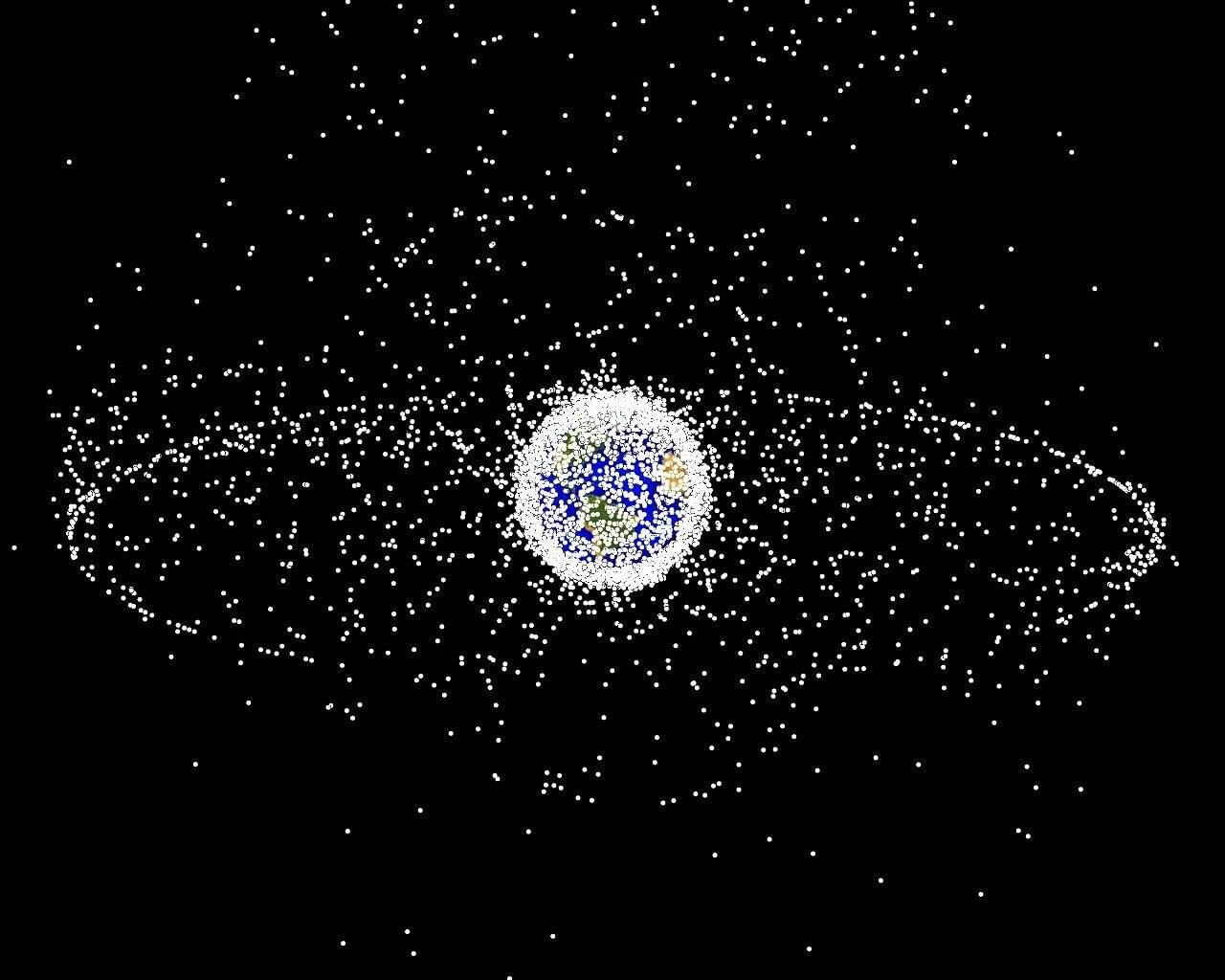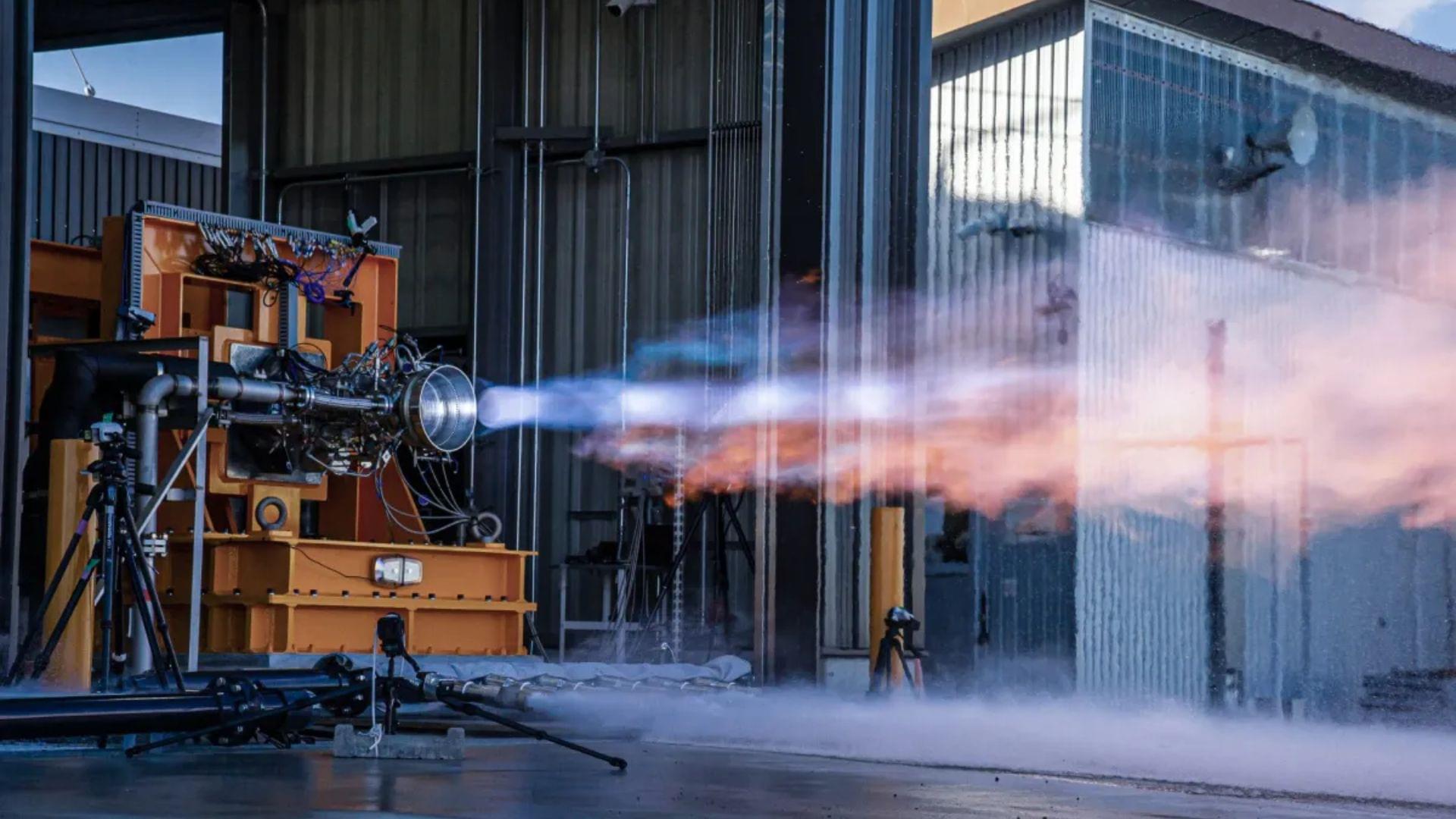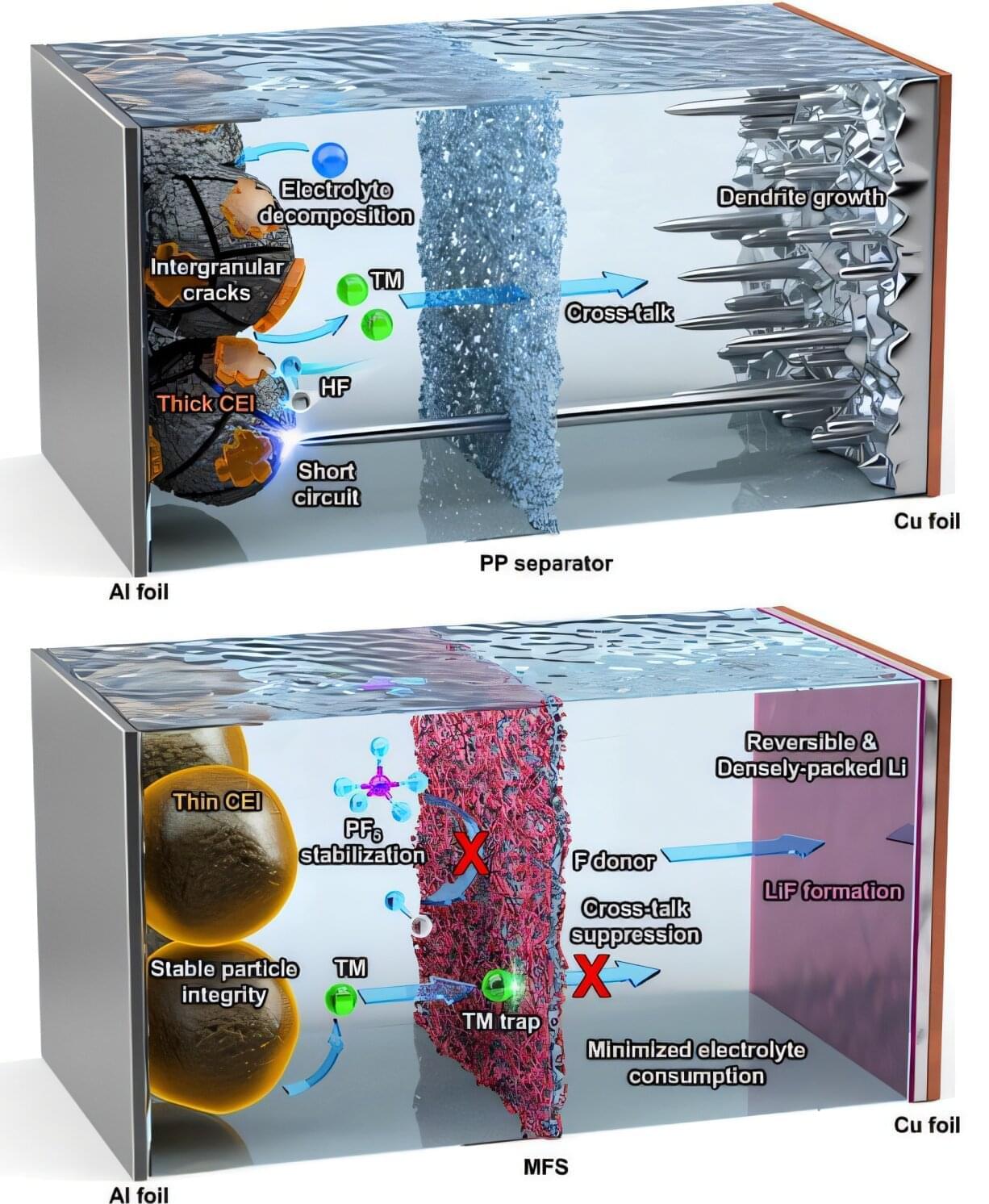Sustainability is often described in shades of green, but the future of clean energy may also carry a hint of deep blue. Electric vehicles and energy storage systems could soon draw power from a familiar pigment found in denim.
Concordia researchers have found that indigo, the natural dye used to color fabrics for centuries, can help shape the future of safe and sustainable batteries. In a study published in Nature Communications, the team revealed that the common substance supports two essential reactions inside a solid-state battery at the same time. This behavior helps the battery hold more energy, cycle reliably and perform well even in cold conditions.
“We were excited to see that a natural molecule could guide the battery chemistry instead of disrupting it,” says Xia Li, the study’s lead author and associate professor in the Department of Chemical and Materials Engineering. “Indigo helps the battery work in a very steady and predictable way. That is important if we want greener materials to play a role in future energy systems.”


